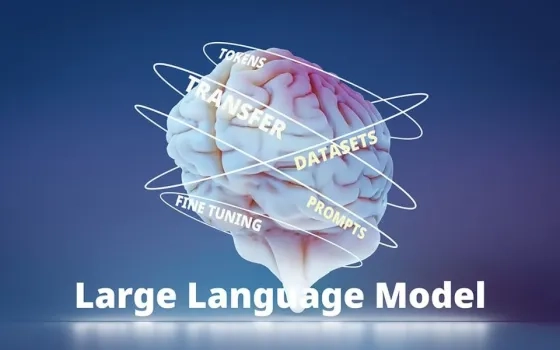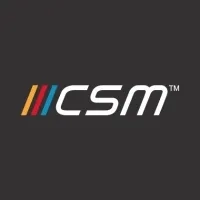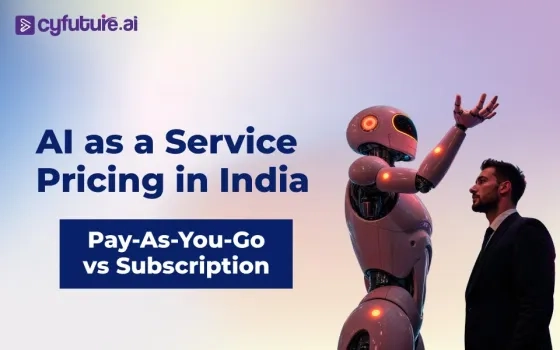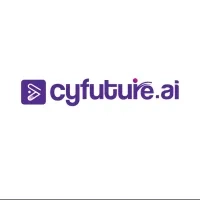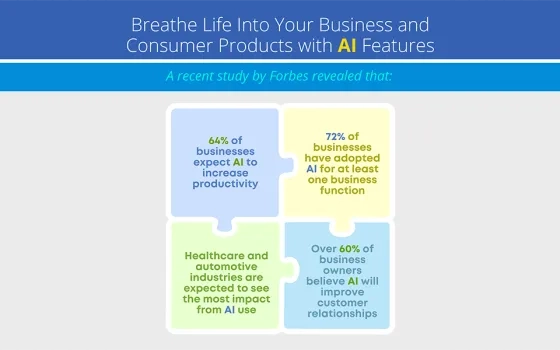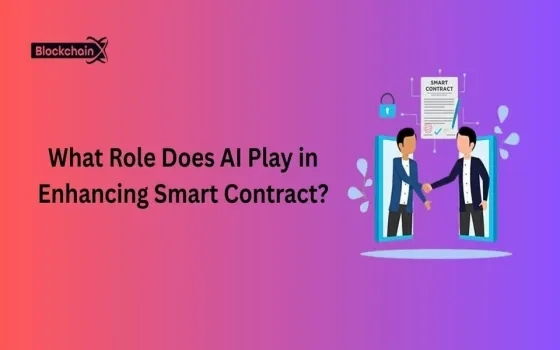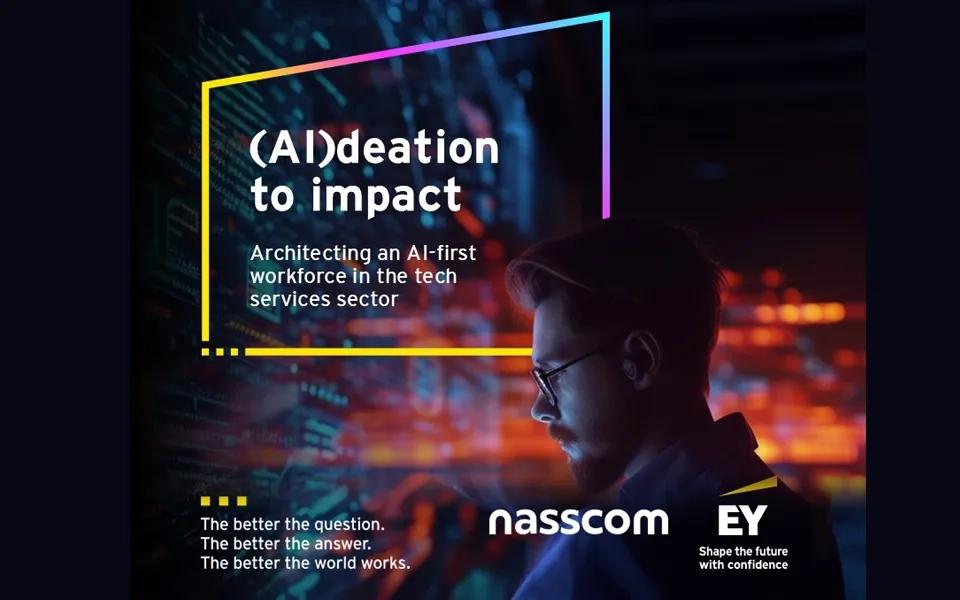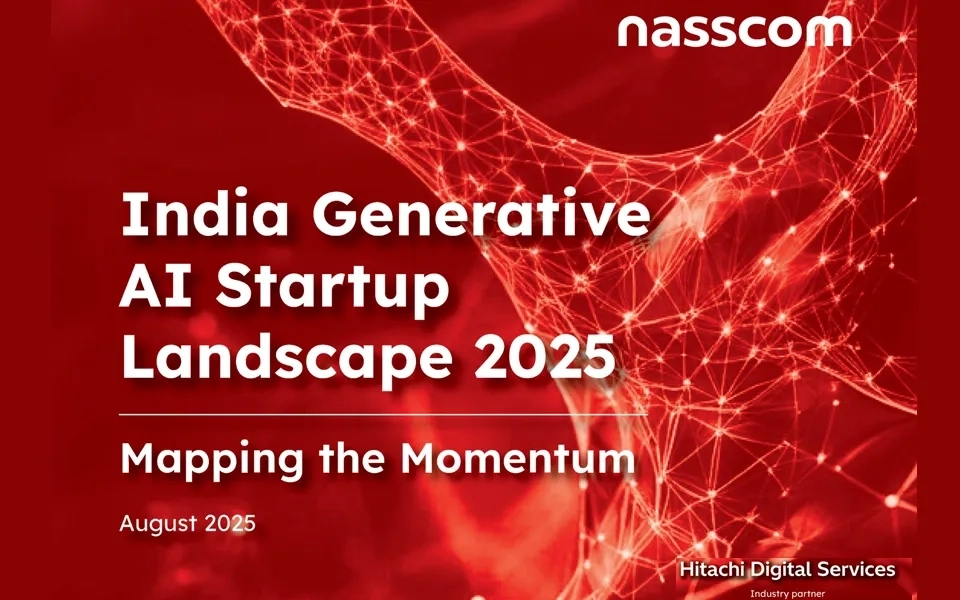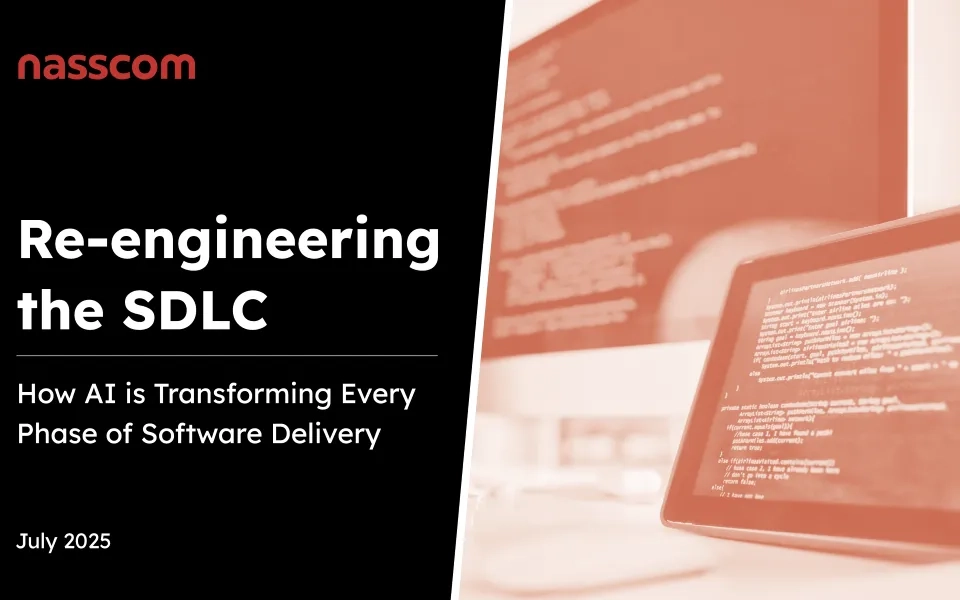Large language models (LLMs) like GPT-4, Llama, and Gemini are revolutionizing human-machine communication. These AI marvels, trained on vast amounts of text data, have demonstrated remarkable capabilities in understanding and generating human language. Their broad knowledge base and linguistic prowess enable them to drive a wide range of applications, from virtual assistants and text autocompletion to complex text summarization tasks. However, many specialized fields require more than just generalized knowledge. This is where the power of fine-tuning comes into play, allowing these versatile models to adapt to specific domains and tasks.
Fine-tuned LLMs
Fine-tuning is a process that adapts a pretrained LLM for specific domains or tasks using smaller, curated datasets carefully labeled by subject matter experts. While the initial pretraining gives the LLM its general knowledge and linguistic capabilities, fine-tuning imparts specialized skills and domain-specific expertise. This two-step approach combines the best of both worlds: the broad understanding from pretraining and the focused knowledge from fine-tuning.
Fine-tuned LLMs have already proven their worth across various industries. In the healthcare sector, HCA Healthcare, one of the largest hospital networks in the United States, employs Google's MedLM for transcribing doctor-patient interactions in emergency rooms and analyzing electronic health records to identify crucial information. MedLM, a series of models fine-tuned for the healthcare industry, is based on Med-PaLM 2, which achieved the remarkable feat of being the first LLM to reach expert-level performance (85%+) on questions similar to those found on the US Medical Licensing Examination (USMLE).
The finance industry has also embraced fine-tuned LLMs. Major institutions like Morgan Stanley, Bank of America, and Goldman Sachs utilize these models to analyze market trends, parse financial documents, and detect fraudulent activities. Open-source models such as FinGPT, fine-tuned on financial news and social media posts, excel at sentiment analysis in the financial domain. Another example is FinBERT, designed specifically for financial sentiment analysis and fine-tuned on financial data.
In the legal sector, while fine-tuned LLMs can't replace human lawyers, they're proving to be invaluable assistants. Casetext's CoCounsel, an AI legal assistant powered by GPT-4 and fine-tuned with Casetext's extensive legal database, automates many time-consuming tasks in the legal process. It assists with legal research, contract analysis, and document drafting, significantly speeding up legal workflows.
The quality of training data is paramount in the fine-tuning process. For instance, CoCounsel's training data was based on approximately 30,000 legal questions, meticulously refined by a team of lawyers, domain experts, and AI engineers over six months. It took about 4,000 hours of work before the model was deemed ready for commercial launch. Even after release, CoCounsel continues to be fine-tuned and improved, highlighting the ongoing nature of model refinement.
The Data Labeling Process
The foundation of fine-tuning lies in high-quality labeled data, typically consisting of instruction-expected response pairs. The process of preparing this data involves several critical steps, each contributing to the final quality of the fine-tuned model.
The journey begins with data collection. This step involves gathering relevant, comprehensive data that covers a wide range of scenarios, including edge cases and ambiguities. The data should be representative of the domain and the tasks the model is expected to perform.
Once collected, the data undergoes cleaning and preprocessing. This crucial step involves removing noise, inconsistencies, and duplicates from the dataset. Missing values are handled through imputation, and unintelligible text is flagged for investigation or removal. The goal is to create a clean, high-quality dataset that will serve as the foundation for labeling.
The heart of the process lies in the annotation phase. Here, human annotators, often subject matter experts, label the data. They may be assisted by AI prelabeling tools that create initial labels and identify important words and phrases, helping to streamline the process. The human touch is essential in this phase, as it provides the insight and nuance necessary for accurate labels, especially in complex or ambiguous cases.
Finally, the labeled data undergoes a rigorous validation and quality assurance process. This step ensures the accuracy and consistency of the labels. Data points labeled by multiple annotators are reviewed to achieve consensus, and automated tools may be employed to validate the data and flag any discrepancies.
Throughout this process, clear and comprehensive annotation guidelines are essential. These guidelines should cover various tasks such as text classification, named entity recognition (NER), sentiment analysis, coreference resolution, and part-of-speech tagging. They provide annotators with the necessary framework to make consistent and accurate judgments, especially when dealing with ambiguous or borderline cases.
Best Practices for NLP and LLM Data Labeling
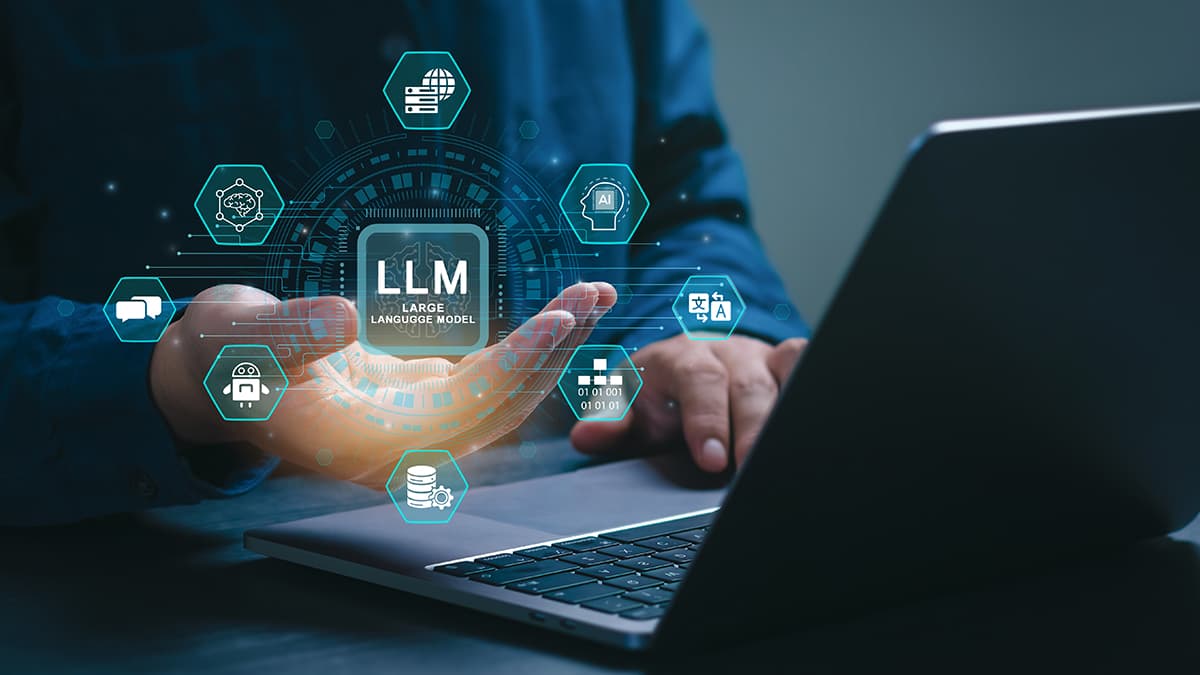
Given the often subjective nature of text data, following best practices is crucial for successful data labeling. First and foremost, it's essential to have a thorough understanding of the problem before starting the labeling process. This deep comprehension allows for the creation of a dataset that covers all necessary edge cases and variations.
The selection of annotators is another critical factor. They should be carefully vetted for their reasoning skills, domain knowledge, and attention to detail. These qualities are essential for producing high-quality labels, especially when dealing with complex or nuanced text.
An iterative refinement approach can significantly enhance the labeling process. By dividing the dataset into smaller subsets and labeling in phases, it's possible to gather feedback and conduct quality checks between each phase. This approach allows for continuous improvement of the process and guidelines, with potential pitfalls identified and corrected early on.
For complex tasks, a divide-and-conquer approach can be beneficial. Breaking the task into smaller, more manageable steps can improve accuracy and consistency. For instance, in sentiment analysis, annotators might first identify words or phrases containing sentiment before determining the overall sentiment of the paragraph.
Advanced Techniques for NLP and LLM Data Labeling
Several advanced techniques can significantly improve the efficiency, accuracy, and scalability of the labeling process. Many of these leverage automation and machine learning to optimize the workload for human annotators.
Active learning algorithms can reduce the manual labeling workload by identifying data points that would benefit most from human annotation. These might include cases where the model has low confidence in its predicted label (uncertainty sampling) or borderline cases that fall close to the decision boundary between two classes (margin sampling).
For named entity recognition (NER) tasks, gazetteers—predefined lists of entities and their types—can streamline the process by automating the identification of common entities. This allows human annotators to focus on more ambiguous or complex cases.
Data augmentation techniques can expand the training dataset with minimal additional manual labeling. Methods like paraphrasing, back translation, or using generative adversarial networks (GANs) can create synthetic data points that mimic the given dataset. This results in a more robust training dataset and, consequently, a more capable model.
Weak supervision techniques, such as distant supervision, can be employed to train models with noisy or incomplete data. While these methods can label large datasets quickly, they come at the expense of some accuracy. For the highest-quality labels, human expertise remains invaluable.
The emergence of benchmark LLMs like GPT-4 has opened up possibilities for automating the entire annotation process. An LLM can be used to generate labels for instruction-expected response pairs, potentially streamlining the process significantly. However, it's important to note that this approach may not advance the capabilities of the fine-tuned model beyond what the benchmark LLM already knows.
By combining these advanced techniques with human expertise, organizations can create high-quality labeled datasets efficiently, paving the way for more powerful and specialized LLMs.
As data labeling techniques continue to evolve, the potential of LLMs will only grow. Innovations in active learning will increase both accuracy and efficiency, making fine-tuning more accessible to a broader range of organizations. The availability of more diverse and comprehensive datasets will further improve the quality of training data. Additionally, techniques such as retrieval augmented generation (RAG) can be combined with fine-tuned LLMs to generate responses that are more current, reliable, and tailored to specific needs.
In conclusion, as we continue to refine our data labeling methodologies, fine-tuned LLMs will become even more capable and versatile. These advancements will drive innovation across an ever-wider range of industries, solidifying LLMs' position as a transformative technology in the AI landscape. The journey of LLMs is just beginning, and the future holds exciting possibilities for this rapidly evolving field.
The article was first published on CSM Blog Named: Data Labeling Strategies To Supercharge Your LLMs



